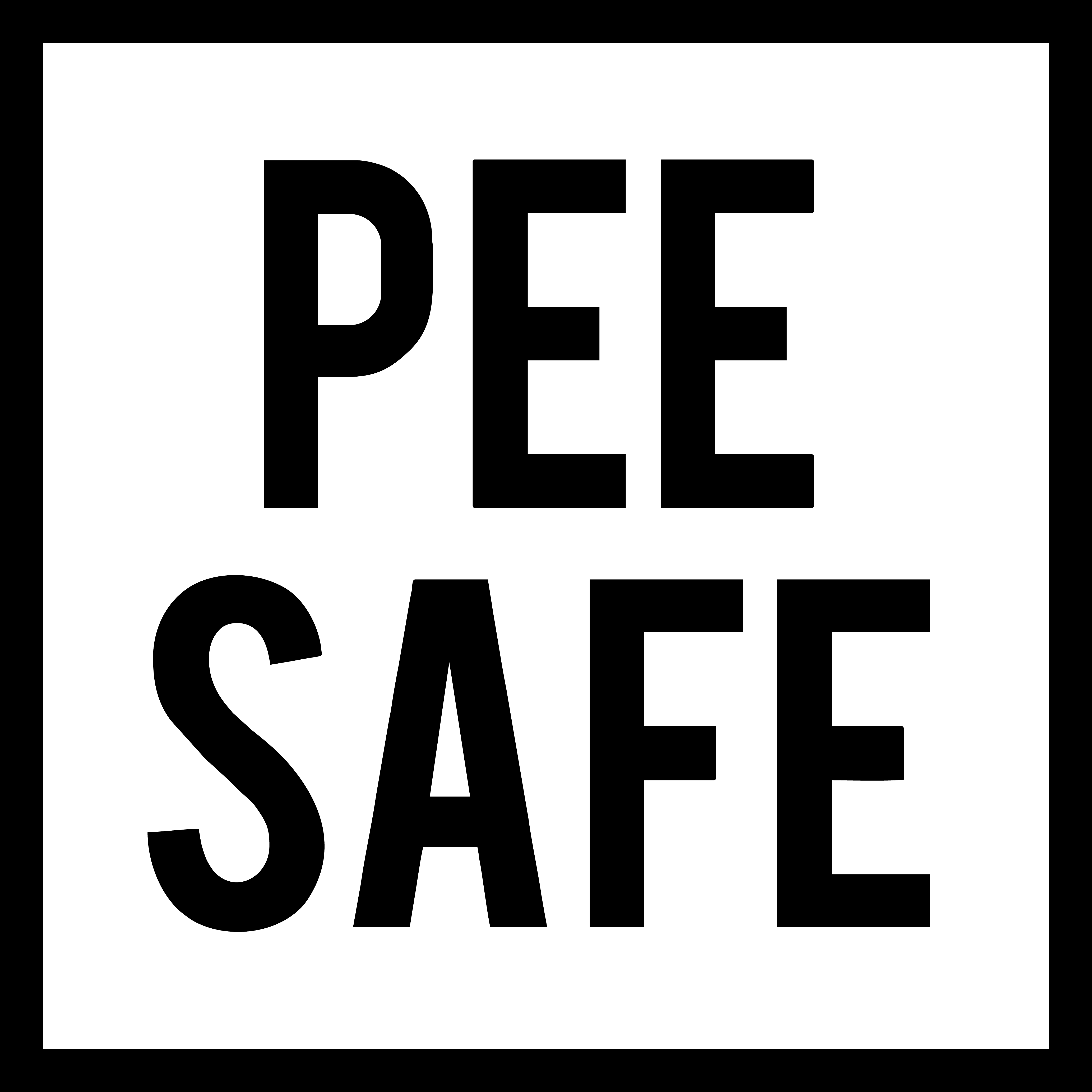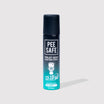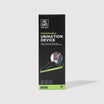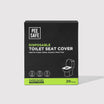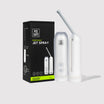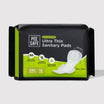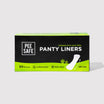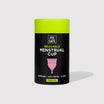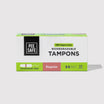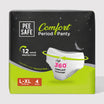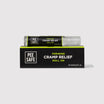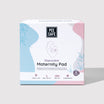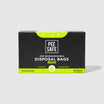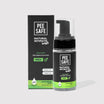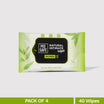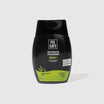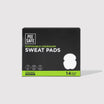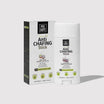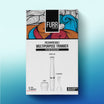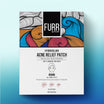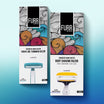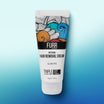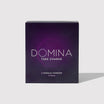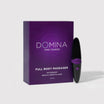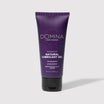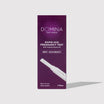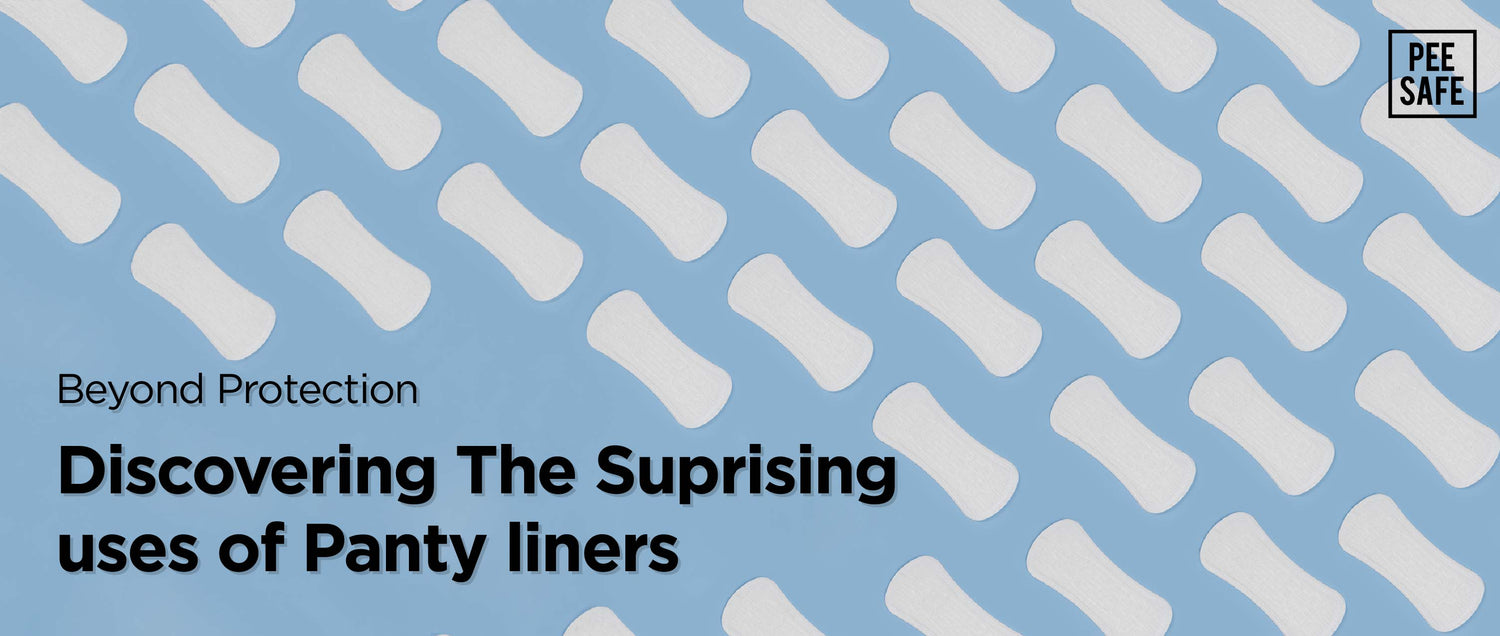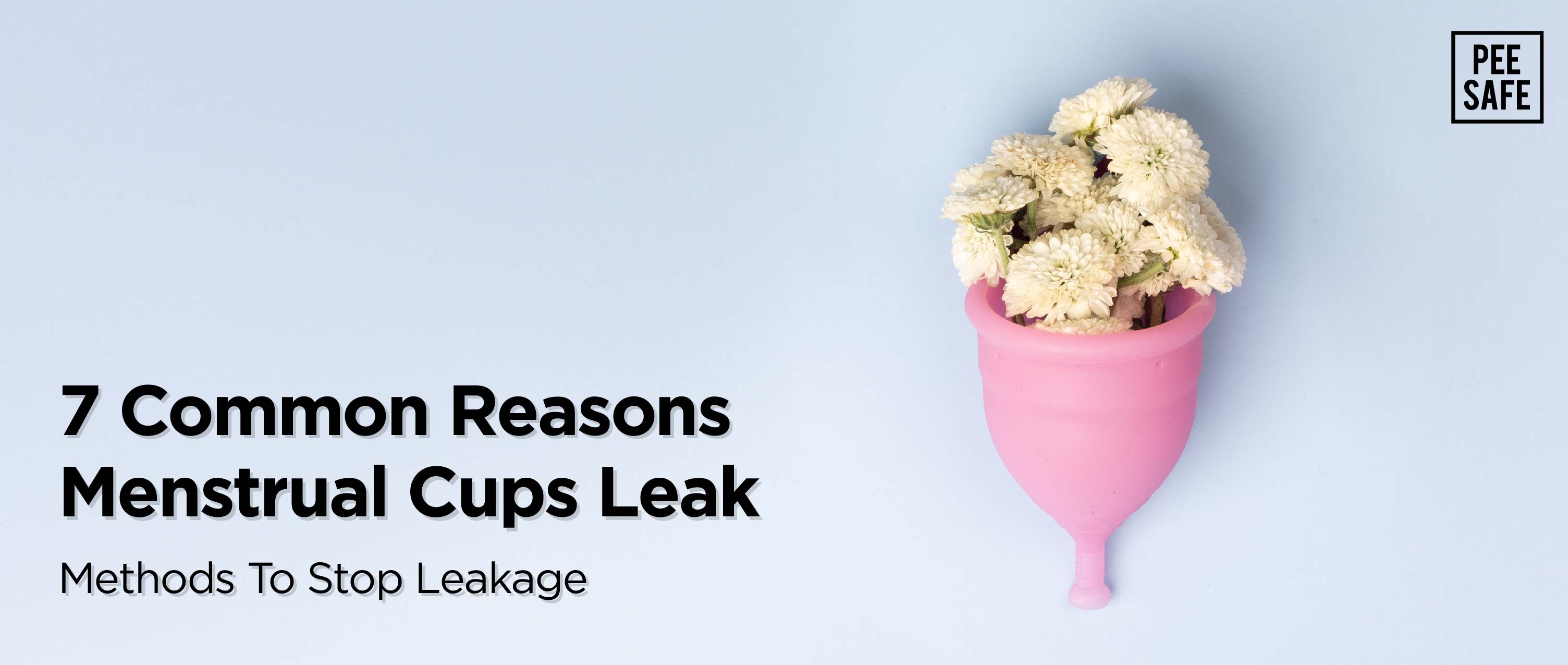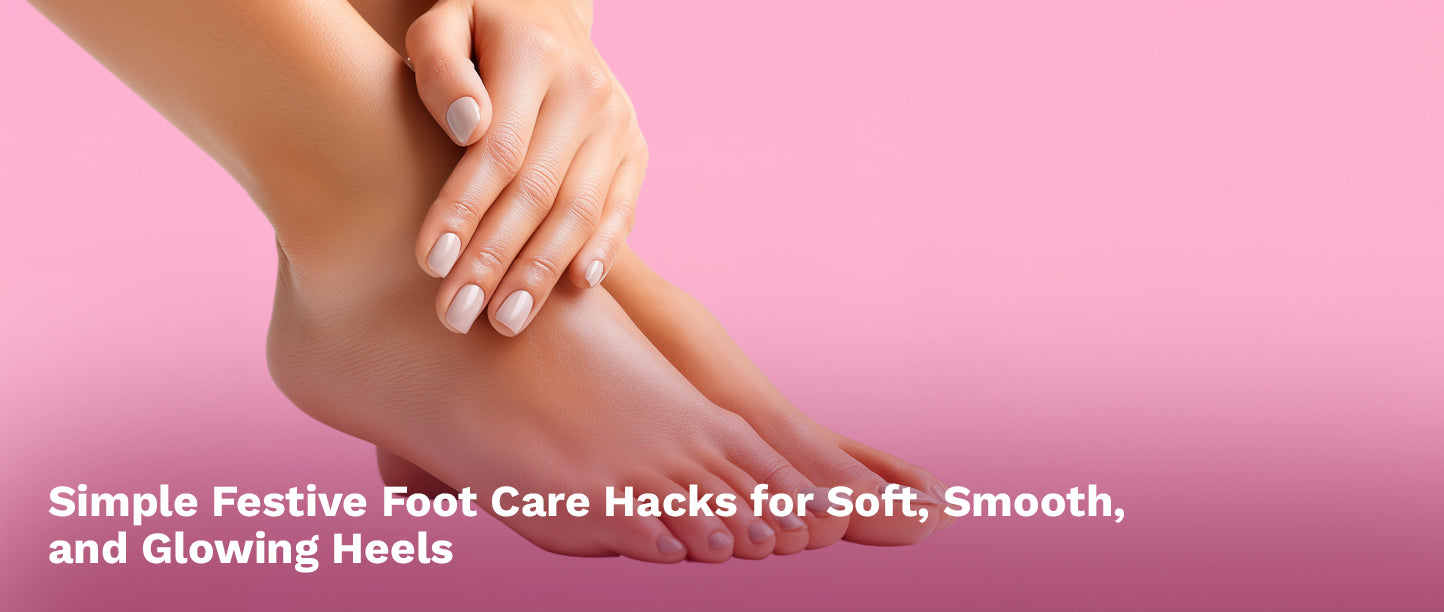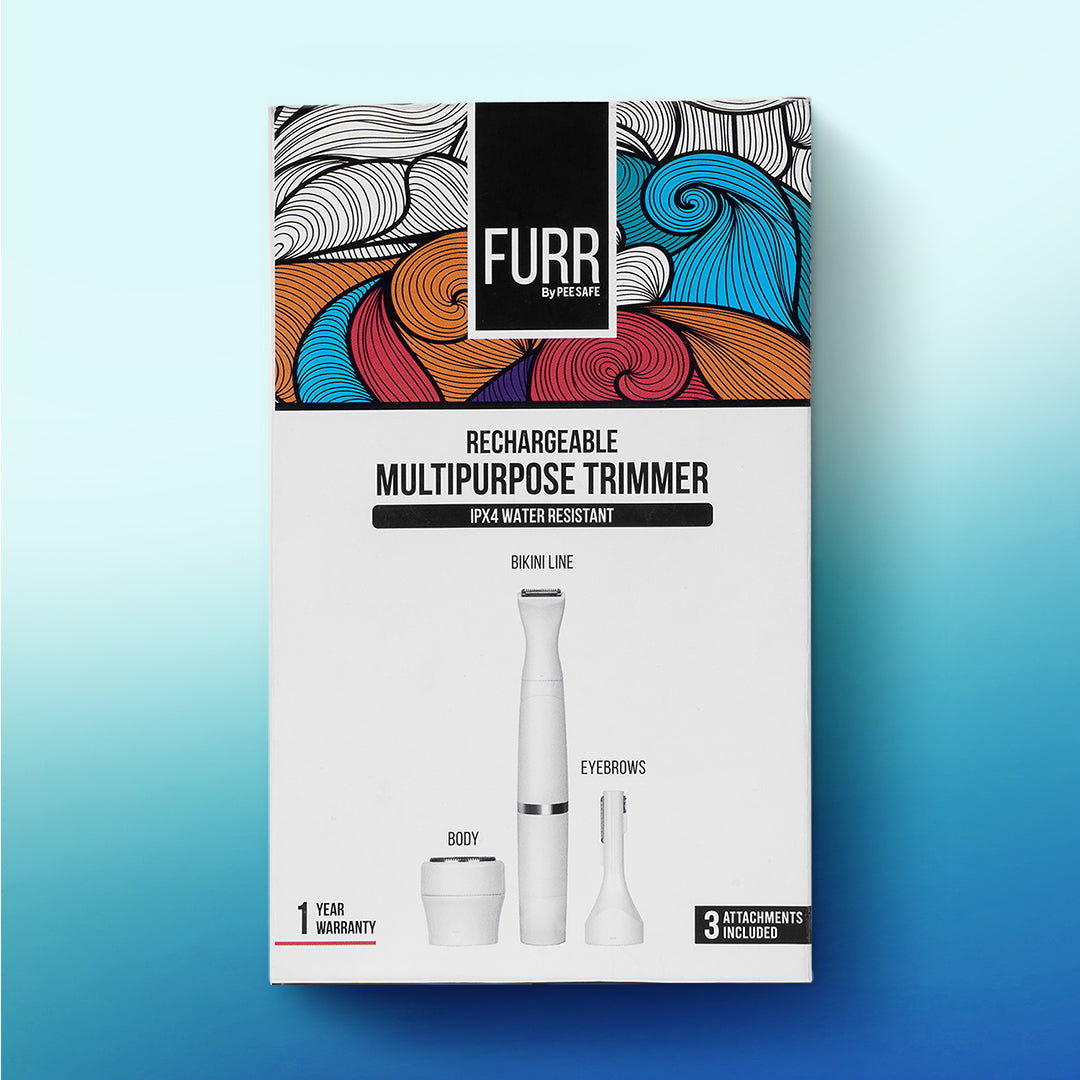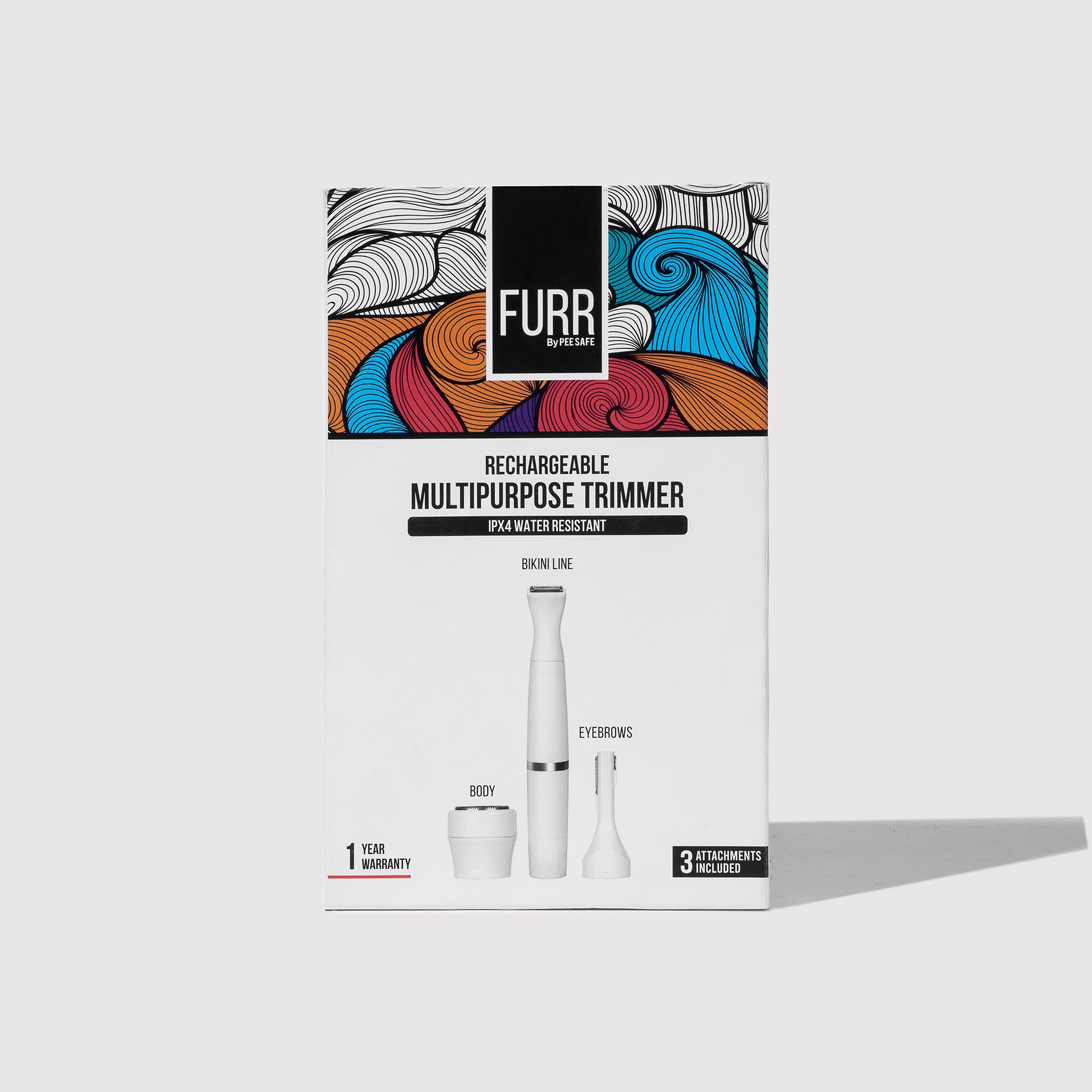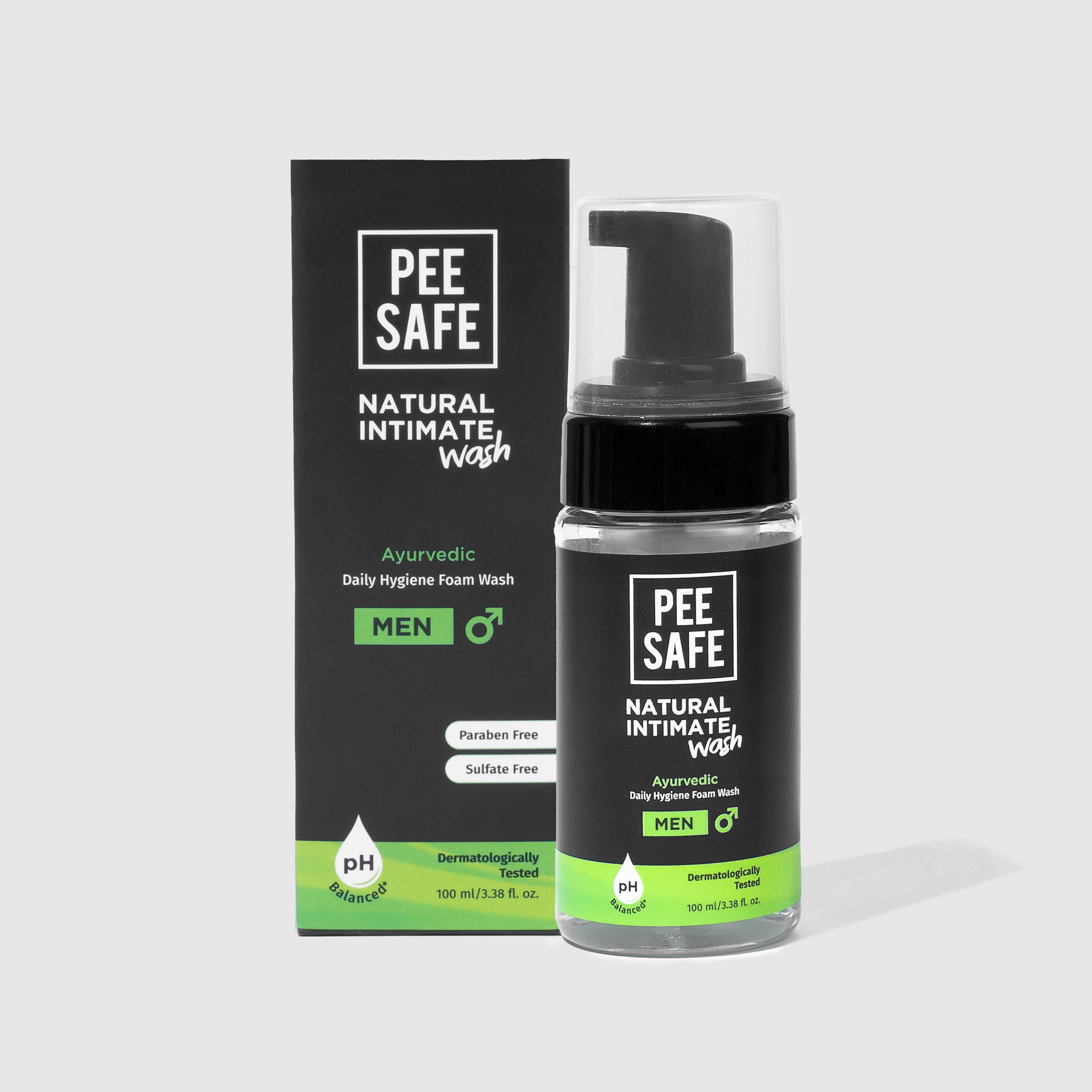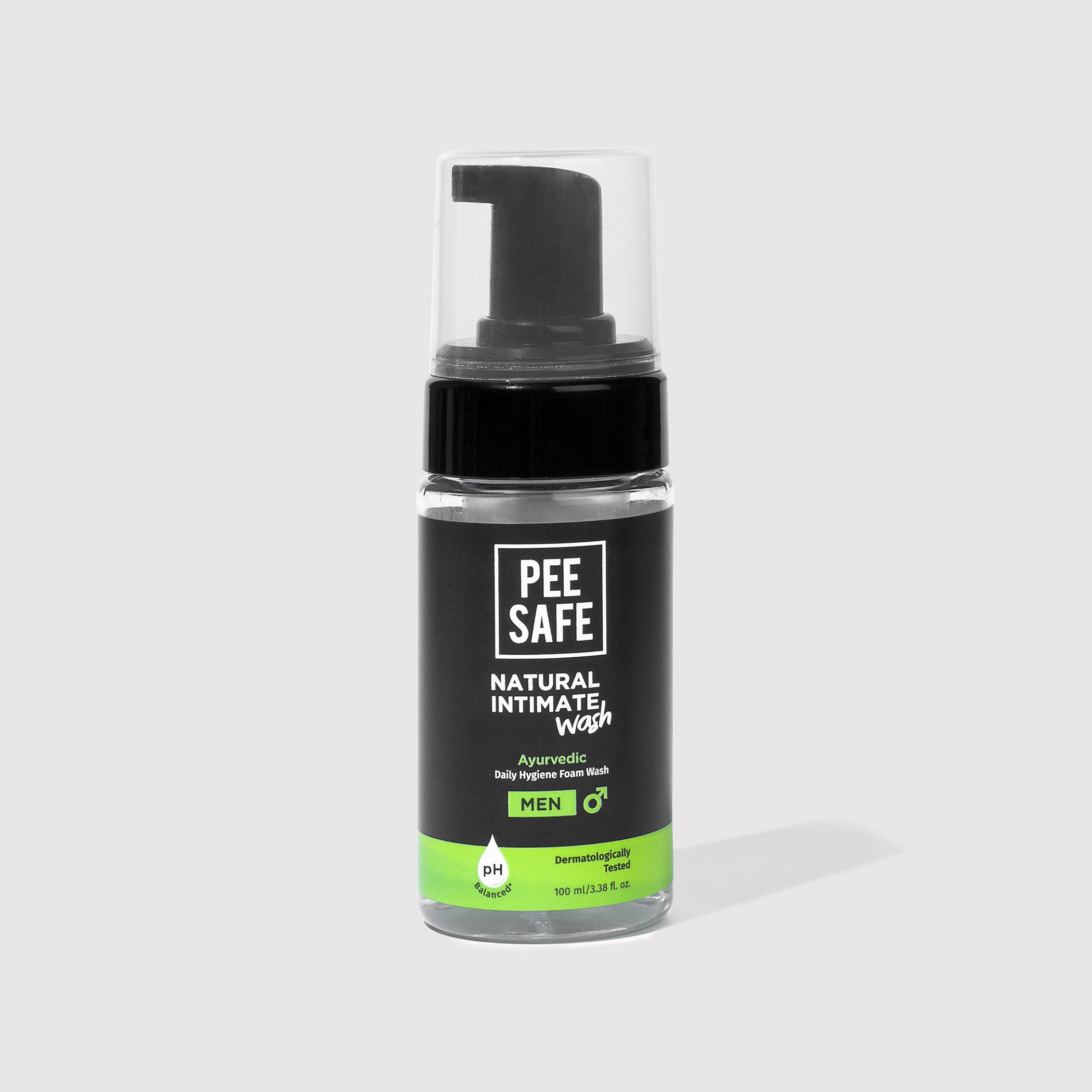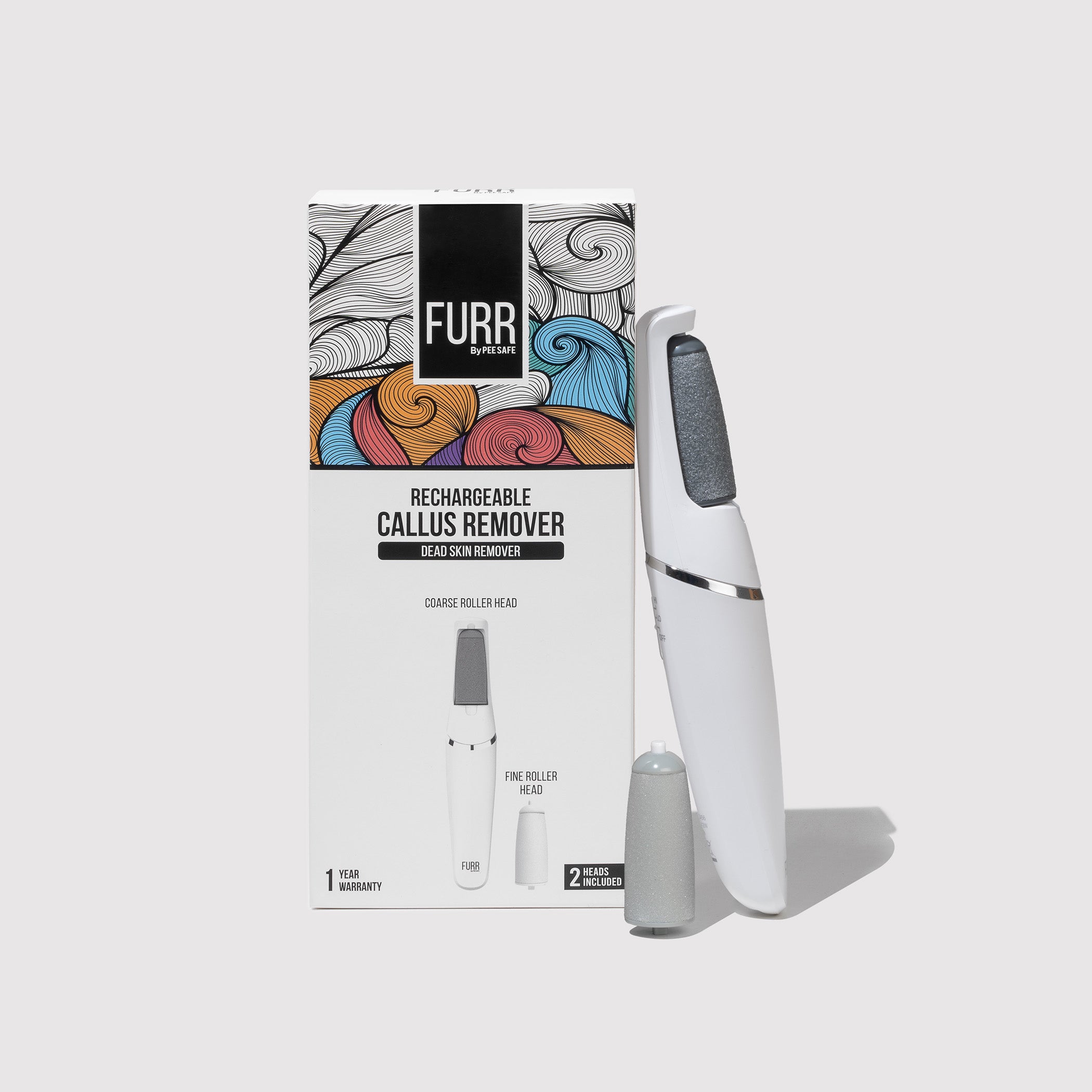Panty liners, also known as panty shields or sanitary liners, are thin absorbent pads worn inside the underwear. They are designed to provide light absorbency and protect against daily vaginal discharge or light spotting.
Panty liners are typically narrower and shorter than menstrual pads and are made from absorbent materials such as cotton. They often have an adhesive backing to secure them on the underwear. Panty liners offer a sense of freshness and can help absorb moisture and odours. They are disposable and should be discarded after each use. It's important to note that specific features and designs of panty liners may vary among brands.
Do Panty Liners and Sanitary Pads Correlate?
Approaches about panty liners and sanitary pads are the same but sanitary pads come in various sizes to absorb the heavy blood flow, and panty liners come in small sizes which helps to protect from the daily vaginal discharge or for light spotting. They can also be used as backup protection for weak menstrual flow or urinary incontinence, they are not intended to replace regular menstrual products for heavier flow.
What are Panty Liners used for?
Uses of panty liners have been mentioned below:

- Daily Discharge: Vaginal discharge is a regular occurrence in women. Panty liners can help absorb and manage this discharge, keeping your underwear feeling fresh and dry throughout the day.
- Light Menstrual Flow: Panty liners can be used as a backup with menstrual cups or tampons or for light days of menstruation when the flow is minimal to spot. They provide a small level of absorbency and can help prevent any leaks or stains.
- Spotting: Some women experience light spotting between periods or during ovulation. Panty liners can be used to manage and absorb this spotting.
- Backup Protection: Panty liners can be used as a backup to other menstrual products such as tampons or menstrual cups, especially during the end of the menstrual cycle when the flow is lighter to spot.
- Urinary Incontinence: Panty liners can be used by individuals who experience occasional light urinary incontinence. They can provide a small amount of protection against urinary leaks.
How to use Panty Liners?
Using panty liners is as simple as using sanitary pads.
- We just have to first wash our hands thoroughly with soap and water.
- Now start with unwrapping the panty liner and remove the release sheet.
- Place it in the center of the underwear and gently stick it.
- Press the panty liner firmly against the fabric to secure it in place. Put on your underwear as usual.
- Remember to change the panty liner regularly throughout the day for freshness and hygiene.
Benefits of Panty Liners
There are several benefits of panty liners.
- Freshness and Comfort: Panty liners help maintain a fresh and comfortable feeling by absorbing moisture and keeping the vaginal area dry throughout the day.
- Odour Control: Panty liners help assist in controlling and neutralizing any unpleasant odours associated with vaginal discharge, providing a sense of freshness and confidence.
- Daily Protection: They offer a lightweight and discreet layer of protection for everyday use, helping keep your underwear clean and preventing stains from vaginal discharge.
- Convenience: Panty liners are portable and easy to carry, making them convenient for on-the-go use. They can be stored in a purse or bag for quick access whenever needed.
- Backup Protection: They serve as a backup to menstrual products like tampons or pads, providing additional protection against leaks or stains, especially during lighter flow days.
It's important to note that panty liners are not designed for a heavy menstrual flow; it is recommended to use appropriate menstrual products such as pads or tampons. Additionally, panty liners should be changed regularly to maintain hygiene and prevent discomfort or odour. Always choose panty liners that are comfortable, made of breathable materials, and changed regularly to maintain hygiene and prevent any potential irritation or discomfort.
-
✍️ This article was curated by Nisha Prakash
